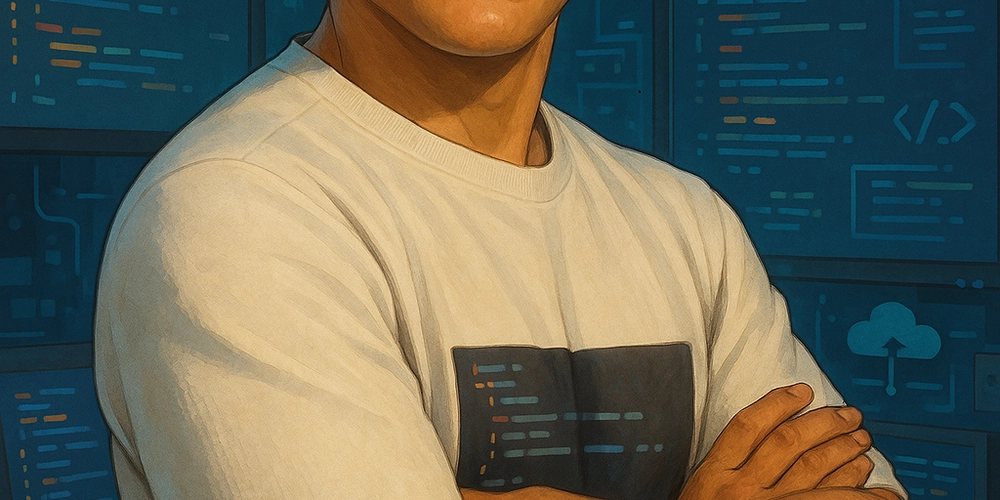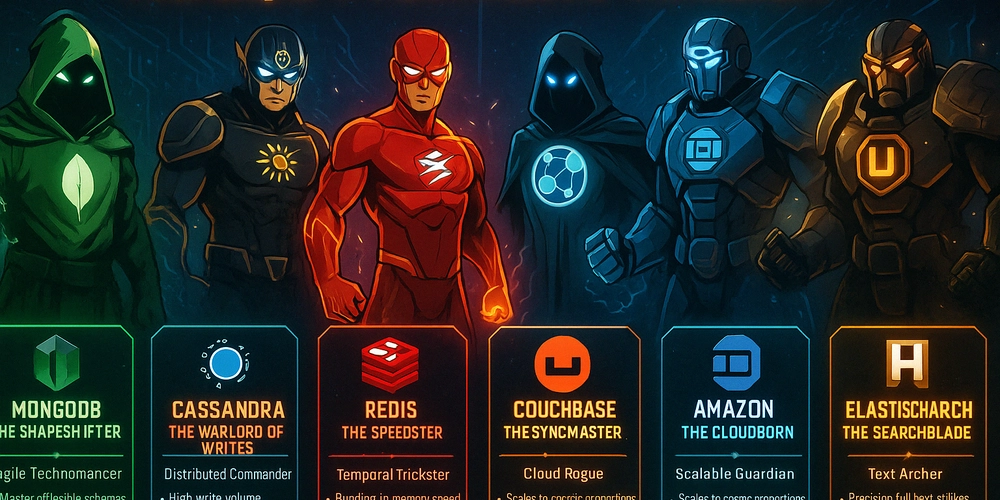
Avoid Beginner Developer Mistakes: Real Stories & Practical Tips
Want to skip the embarrassing blunders that plague junior developers? Learn from real-world mistakes and turn potential disasters into valuable learning experiences. This article reveals how breaking things can be the best way to learn software development, featuring stories of production nightmares and lessons learned.
My First Internship: Breaking the Test Environment (for a Week!)
My first developer job at a large corporation seemed daunting. I was constantly second-guessing myself, paralyzed by the fear of making mistakes. However, a senior teammate gave me the best advice: "It's just the test environment, just break it!".
Infinite Loops and System Meltdowns
So, I ran a script with an infinite loop, pulling data from a database. Boom! I accidentally brought down the entire test system. It took three days to fix. This taught me the value of loop-spotting. I haven't run a script without double-checking since.
Wiping the Wrong Database: A Developer's Worst Nightmare
My friend Brian accidentally wiped the live database of one of the company's biggest customers. Fortunately, his team lead spent five hours restoring from backups. Brian owned the mistake immediately and learned a valuable lesson about connection strings.
Learning From Database Disasters
This story emphasizes the importance of owning up to mistakes and meticulously verifying configurations. Mistakes in database management can lead to serious consequences, but owning the error is much better than trying to hide it. This approach showcases responsibility and a willingness to learn.
Why Breaking Things is Essential for Learning Software Development
It might sound counterintuitive, but breaking things is a vital part of becoming a proficient software developer.
- Accelerated Learning: Mistakes expose gaps in understanding more effectively than textbooks
- Deep Understanding: Troubleshooting forces you to analyze systems and identify root causes.
- Practical Experience: Disaster recovery builds invaluable real-world skills. This reduces the fear of production errors.
Practical Tips: Minimizing Damage and Maximizing Learning
So, how can you embrace the "break it to learn it" philosophy responsibly? If you're just starting out, keep these tips in mind:
- Test Environments are Your Friend: Experiment freely to learn without risking real-world data.
- Own Your Mistakes: Don't hide errors, identify them, and take responsibility for fixing them.
- Document Everything: Detailed notes of troubleshooting steps create valuable resources for yourself and your team.
- Ask Questions: Don't be afraid to seek help from experienced developers—collaboration is key.
Turn Mistakes Into Strengths
Embrace your inevitable mistakes as opportunities for accelerated growth. By owning, fixing, and learning from those mishaps, you'll make beginner developer mistakes a thing of the past. You'll transform into a confident and capable developer, unfazed by production issues and ready to tackle any challenge!























